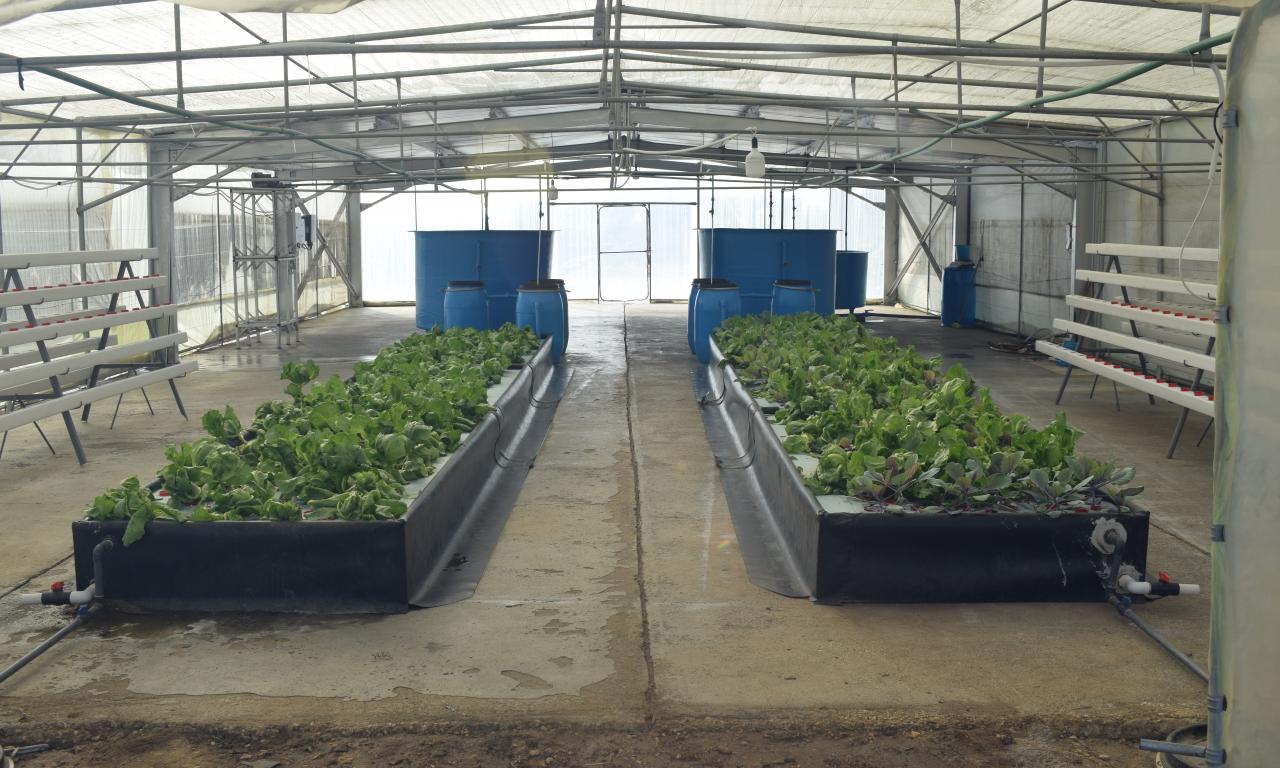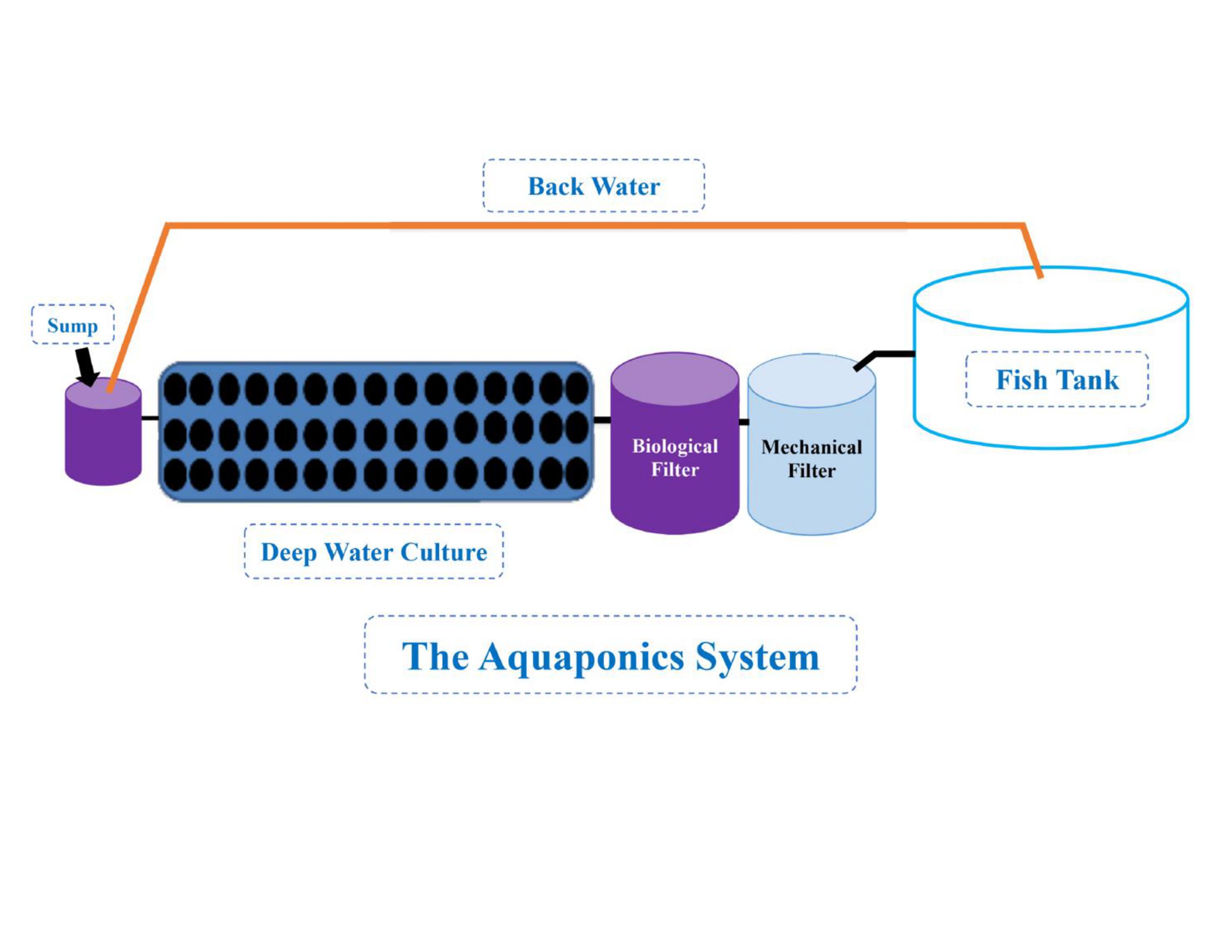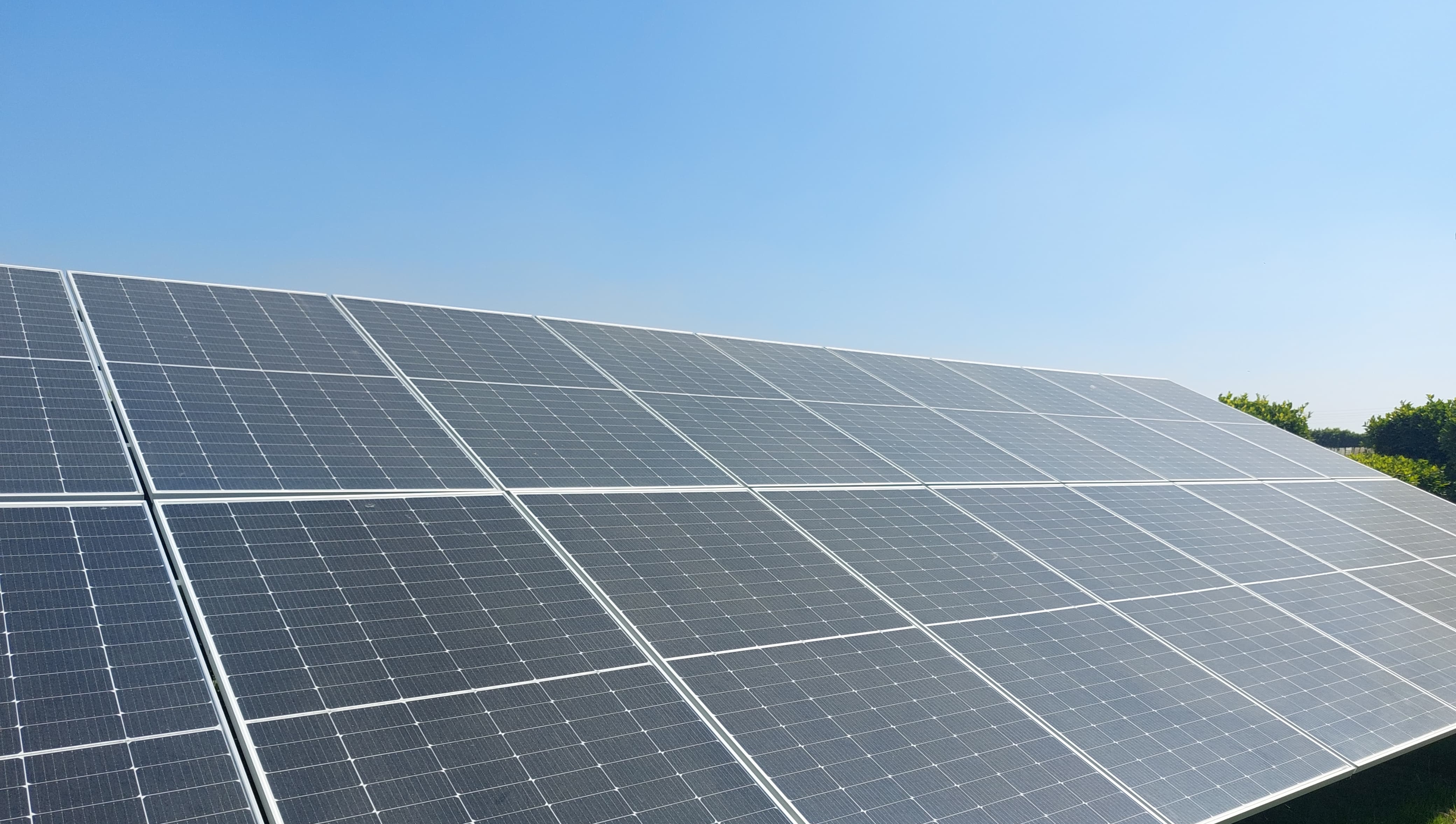
- WorldFish, in collaboration with the Royal Norwegian Embassy, has launched a cutting-edge solar-powered aquaponics greenhouse in Egypt, demonstrating a sustainable integration of agriculture and aquaculture.
- The aquaponics system reduces reliance on traditional energy sources, lowers carbon footprints, and operates efficiently off-grid, making it ideal for remote areas.
- The project has already yielded a successful harvest of lettuce, with fish harvests anticipated soon. WorldFish plans to expand this sustainable model across the Nile Delta, collaborating with various partners to introduce innovative and climate-smart solutions.
In a ground-breaking move towards a sustainable integrated agriculture-aquaculture- (IAA) system in Egypt, WorldFish has established a solar station to power a demonstration aquaponics greenhouse at WorldFish’s facility in Abbassa, Abu-Hammad, Sharqia. This milestone was achieved through the Center for Renewable Energy in Aquaculture (CeREA), a 4-year project funded by the Royal Norwegian Embassy in Cairo.
This cutting-edge system serves as a pilot model harnessing the power of the sun to fuel its operations. It comprises two fish tanks and two deep water culture units. Each fish tank is stocked with genetically improved Nile tilapia. To ensure optimal conditions for the fish, the system is equipped with two submersible pumps, two air blowers and mechanical and biological filters. This design facilitates the efficient conversion of ammonia waste to nitrate nitrogen, thereby maintaining a harmonious aquatic-environment.
Egypt’s aquaculture industry is the largest in Africa, producing 2 million tons of fish annually with a production value of 66.4 EGP billion. Per capita fish consumption in Egypt has reached over 20 kg/year, with fish farms concentrated in the Nile Delta region contributing to 94.3% of national production. This thriving industry is primarily driven by small and medium-scale farms using semi-intensive systems.

|
The waste produced by the fish provides nutrients required for the plants, while the plants filter the water for the fish, creating a harmonious cycle. By adding solar panels, a sustainable and energy-efficient farming system can be created and sustained, “the integration of solar panels in aquaponics systems offers several key benefits. First and foremost, it reduces the reliance on traditional energy sources, thus lowering the carbon footprint of the farm. By harnessing the power of the sun, aquaponic farms can operate off-grid, making them ideal for remote or rural areas where access to electricity may be limited,” said Ahmed Nasr-Allah, Country Director, WorldFish, Egypt.
Why Solar-Powered Aquaponics?
WorldFish is deeply committed to revolutionizing global food systems by embracing sustainability and equity as the cornerstones of our aquatic foods agenda This commitments are line with Egypt’s visionary national strategy for climate change 2050 and resonates with the outcomes of COP 28.

|
These efforts underscore our resolve to combat climate change and drive sustainable development, working towards the critical goal of limiting global warming to 1.5 degrees.
Norway’s action plan, ‘food, people and the environment’ a framework of its foreign and development policy for 2019-2023, places significant emphasis on sustainable food production. It shows Norway’s firm resolve to enhance nutrition, foster job and value creation, and facilitate capacity building, particularly targeting small-scale farmers in Africa.
“Leveraging the boundless and cost-effective energy of the sun will not only reduce operational costs but also ensure a reliable power source, especially in areas susceptible to power outages or unreliable electricity supply, this will drive the adoption of sustainable energy practices to achieve SDG 7 to ensure access to affordable, reliable, sustainable, and modern energy for all,” said Mohamed Fathi, Scientist, WorldFish, Egypt.
In addition, the combination of aquaponics and solar power aligns with the principles of sustainability and economic viability, “by utilizing renewable energy and creating a closed-loop ecosystem, this system minimize environmental impact and promote resource efficiency while it serves as a model for sustainable food production, showcasing how modern technology and traditional farming techniques can work in harmony,” said Ahmed Nasr-Allah, Country Director, WorldFish, Egypt.
What’s Next?
WorldFish has achieved a successful harvest of lettuce within this groundbreaking aquaponics system, “we anticipate harvesting the fish in the upcoming weeks, the established IAA model is able to yield two fish cycles annually, and high-quality organic leafy vegetables, the solar unit yield production is covering different cycles while the remaining is being fed into the main grid,” said Hussam Shaheen, Research Assistant at WorldFish, Egypt.
In collaboration with the Lakes and Fish Resources and Development Agency (LFRPDA), and Central Laboratory for Aquaculture Research (CLAR), WorldFish is poised to harness similar sustainable climate-smart models across various sites in the Nile Delta, collaborating with project partners from the public and private sectors such as the Faculty of Fish Resources of Suez University, Triple M. Group, and AgriSolar for solar solutions.
Each model presented by partners will introduce its own unique innovation based on its location, objective, and expected impact. However, the methodology for advancing low-carbon emissions and reducing GHG remains consistent across different models.
Currently, WorldFish has commissioned three consultants to conduct a baseline study, screening and analysis of optimal renewable energy solutions for tackling key challenges within the aquaculture value chain in Egypt and providing specific solutions for each cycle of the fish value chain, including production, harvesting, and post-harvest. The study is expected to reveal a set of viable youth and gender transformative approaches for young fish farmers and women retailers, and outline climate-responsive solutions to mitigate the adverse impact of climate change.
